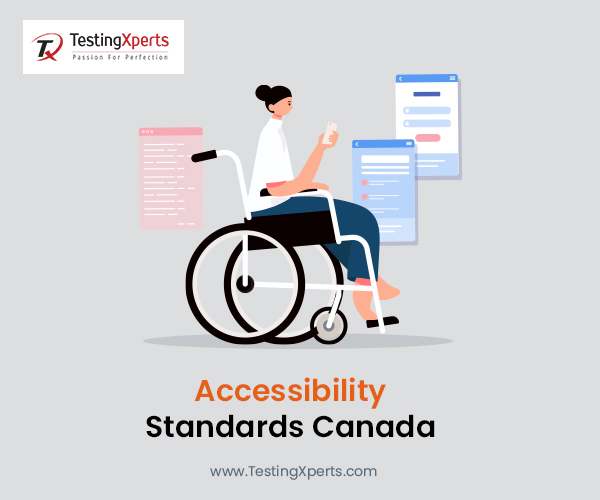In what ways are Canadian accessibility laws enforced?
Canadian Human Rights Act of 1977:
The Canadian Human Rights Act
states that there should be equal opportunities for all individuals in life.
Also, there should be discrimination that needs to be encouraged based on
“national or ethnic origin, race, sex, age, family status, marital status,
disability….”
Even though the act was written
before the internet era, still few key factors were added. Website
accessibility is also given due consideration, as inaccessible websites prevent
disabled people from accessing online information and services. The Canada accessibility standards are a testimony.
There is no doubt that this act
was done before the Internet era. But, a solid and realistic case can be made
based on the assumption that disabled people would not be provided with equal
opportunities if inaccessible web content is given due importance.
The implication of Canada accessibility standards:
In 2011, the Standard on Web
Accessibility was built to make sure that a high level of Web accessibility is
applied equivalently across Web applications and Government of Canada websites.
Following are the five conformance
requirements that need to be met by Canadian websites and web applications:
1. Full pages: It is not possible to achieve conformance if a
specific part of a webpage is excluded
2. Conformance Level: Full application of Level AA. One of the key
requirements is synchronous captions for all multimedia
3. The required support for accessibility: Any functionality or
information provided that does not support accessibility must be presented in a
way that at least some or all of the aspects are in line with web
accessibility.
4. Processes should be well-defined: When a process (a specific
sequence of steps that are structured in such a way that it can accomplish a
certain activity) is presented by a specific web page or a series of web pages,
then all these web pages should have a certain level of conformance. These web
pages should conform to Canada accessibility standards so that any issues
arising due to nonconformity can be resolved accordingly.
5. Non-interference: Those technologies that a user does not rely
upon and also does not support accessibility can still be used if they do not
interfere with the accessibility aspects of the rest of the web pages.


Comments
Post a Comment